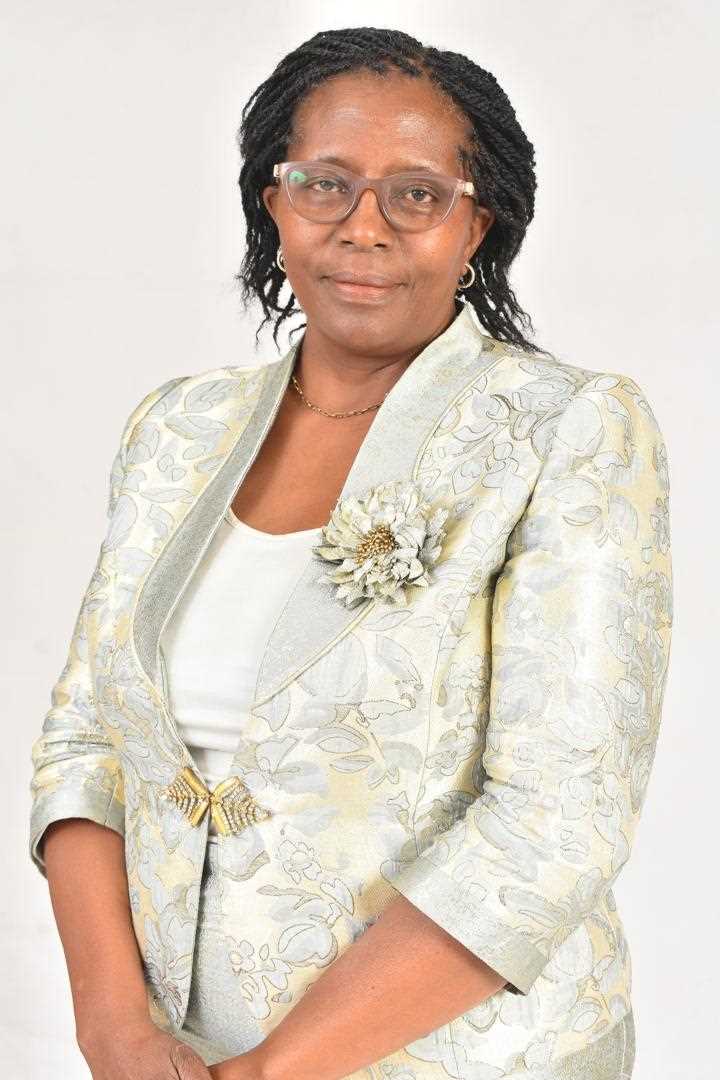
Gilbert Munetsi - Zim Now Writer
Tucked away in the peripheral Rockview area of Chitungwiza is a place where the rhythm of Zimbabwe’s heritage beats strong—a sanctuary where stories, songs, and traditions echo through time.
Panyatsime Heritage and Culture Centre stands as a beacon of cultural preservation and community engagement. And since its establishment back in 2018, this unique cultural hub has been dedicated to safeguarding Zimbabwe’s rich and diverse heritage, offering visitors an authentic and immersive experience into the nation’s traditions.
For the past seven years, the heritage facility has emerged as a living museum, classroom, and cultural heartland dedicated to preserving and revitalizing Zimbabwe’s rich cultural legacy.
The brainchild of cultural custodian and visionary educator Mrs. Rumbidzai Dihwa, Panyatsime was born out of a pressing need—a void in practical, heritage-based learning spaces aligned with Zimbabwe’s school curriculum.
A recipient of a tourism award for the Women in Enterprise Conference and Awards (WECA) 2024 under the Zimbabwe National Chamber of Commerce, she sums up Panyatsime:
“What started as a patch of land dotted with indigenous trees and boulders has transformed into a vibrant traditional village complete with thatched huts, homesteads, kraals, granaries, and artefacts—painstakingly curated to offer an immersive, authentic Zimbabwean experience.
“Panyatsime is a place to learn, unlearn, relearn, share and grow,” says Dihwa. “It’s not just about preservation—it’s about participation.”
At the core of Panyatsime’s mission is a deep commitment to safeguarding Zimbabwe’s tangible and intangible heritage—stories, crafts, languages, and practices that risk being swept away by the tides of globalization and rapid urbanization.
Visitors—ranging from curious schoolchildren to seasoned academics—are welcomed into a sensory journey through Zimbabwe’s traditional homestead layout: the imba yekubikira (kitchen), nhanga (girls’ hut), gota (boys’ hut), sikiro (parents’ room), and the dare, where elders once deliberated over communal matters.
Related Stories
Cultural tours, traditional games like tsoro, nhodo, and sarura wako, nature walks, and indigenous forest explorations offer hands-on learning and introspective retreats. Through these experiences, students have gained academic enrichment and locals have rediscovered pride in their identity.
“Our goal is to stimulate interest in Zimbabwean culture and create sustainable livelihoods in the process,” Mrs Dihwa further explains.
Panyatsime is more than a cultural archive—it is a thriving community hub. The center hosts seasonal events like Africa Day and World Bee Day celebrations, educational workshops, and cultural festivals that unite locals in storytelling, music, dance, and entrepreneurship.
With Culture Month fast approaching, the centre is abuzz with plans. From a vibrant Mbira Festival celebrating rising talent to an upcoming legacy planning seminar for artists themed “Creative Continuum: Bridging the Gap Between Past and Future,” Panyatsime continues to be a space where the old meets the new, and culture becomes a bridge—not a barrier.
“We’ve seen students improve academically and community members start their own businesses after training here. It’s life-changing,” adds Mrs Dihwa.
Like many grassroots initiatives, Panyatsime faces uphill battles—chief among them being funding. Despite its growing influence, the centre’s ambitions, such as building overnight accommodation for visitors and upgrading its access roads, remain tied to available resources.
Yet, the proprietor remains undeterred. “We invite partnerships, donations, and collaboration. Whether you’re a school, organization, or creative—there’s room at our table.”
Their inclusive approach has already fostered remarkable impact. Just last year, Panyatsime hosted a heart-warming Christmas party for people living with disabilities in collaboration with local organisations, reaffirming its open-door philosophy and its role as a compassionate change-maker in the Chitungwiza community.
In the next five to ten years, Panyatsime envisions a hybrid model that integrates technology with tradition—offering virtual tours, interactive exhibitions, and cross-cultural programming that bring Zimbabwe’s heritage to global audiences.
“We’re not just preserving culture—we’re evolving it, making it relevant for today and tomorrow,” Mrs Dihwa says with quiet conviction.
As you walk past the hand-made huts, listen to the rustling trees, and hear the echoes of ancient songs, you realize: Panyatsime is not just a place. It is a pulse, a presence. A living, breathing ode to Zimbabwe’s soul.


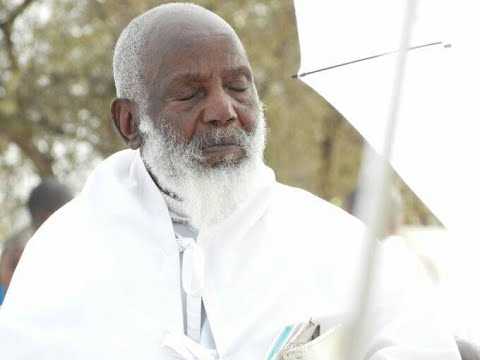

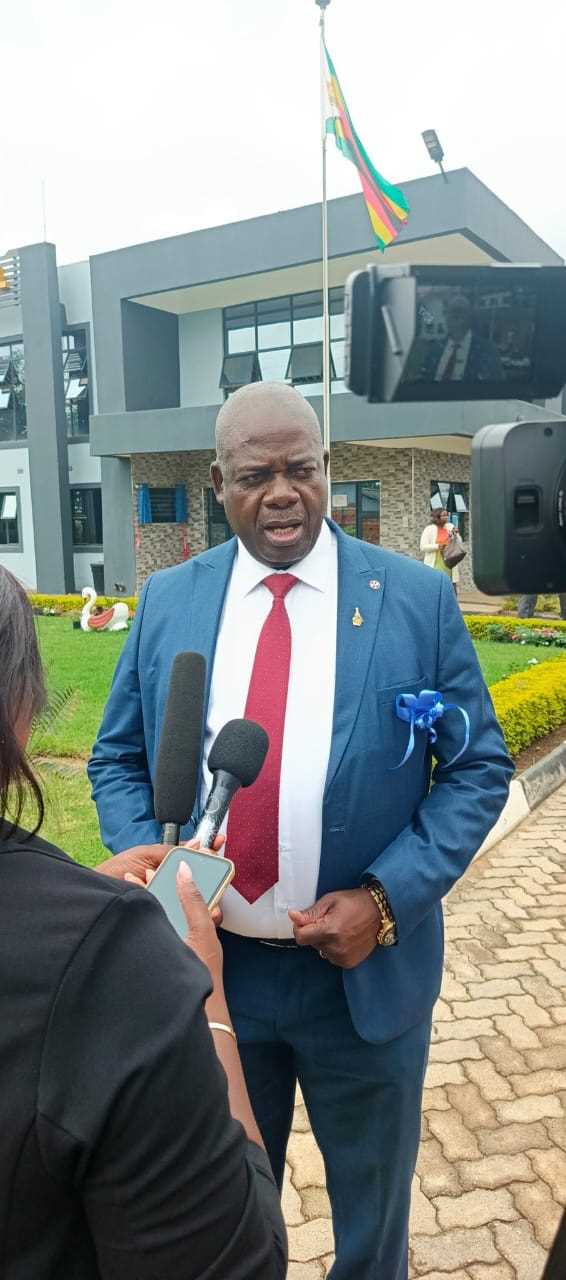
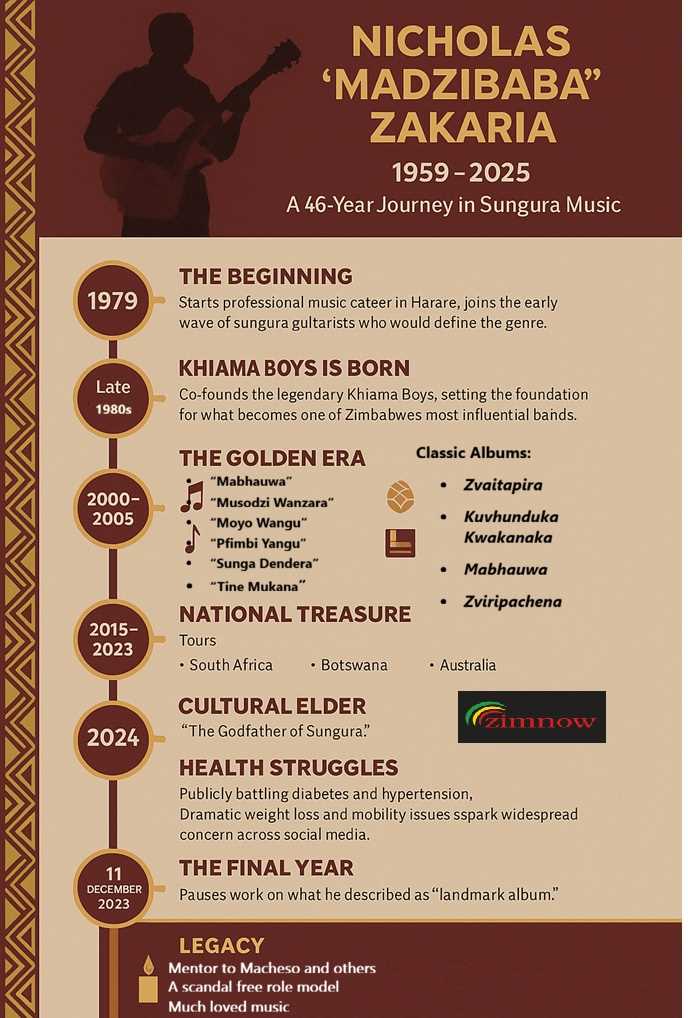

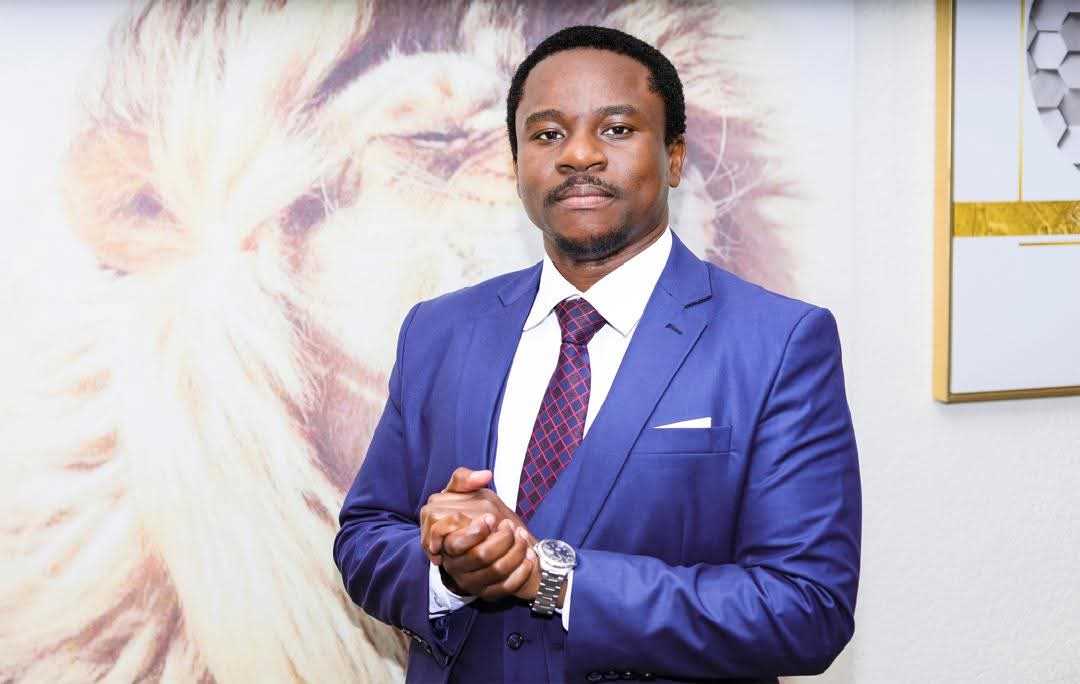



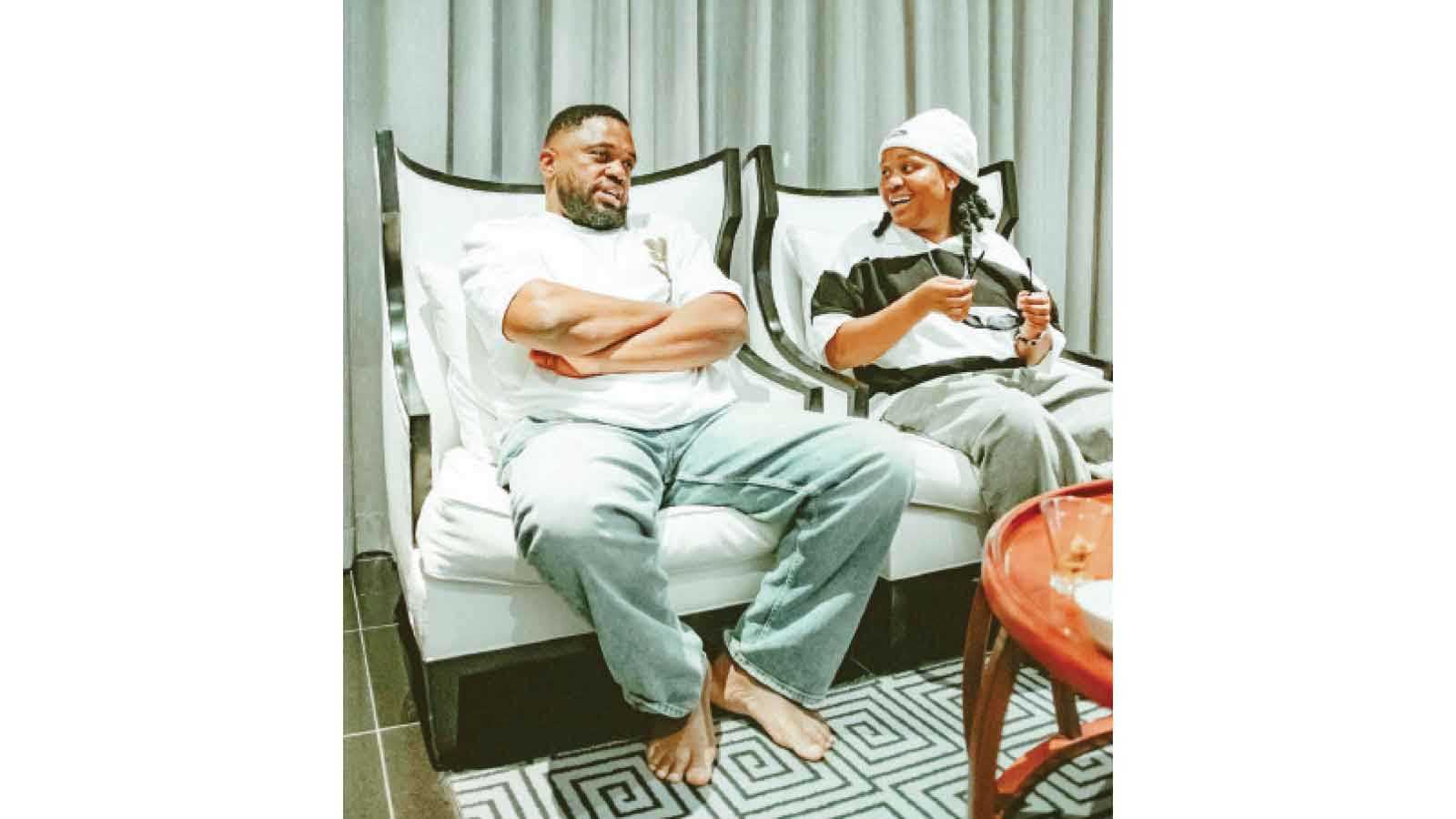



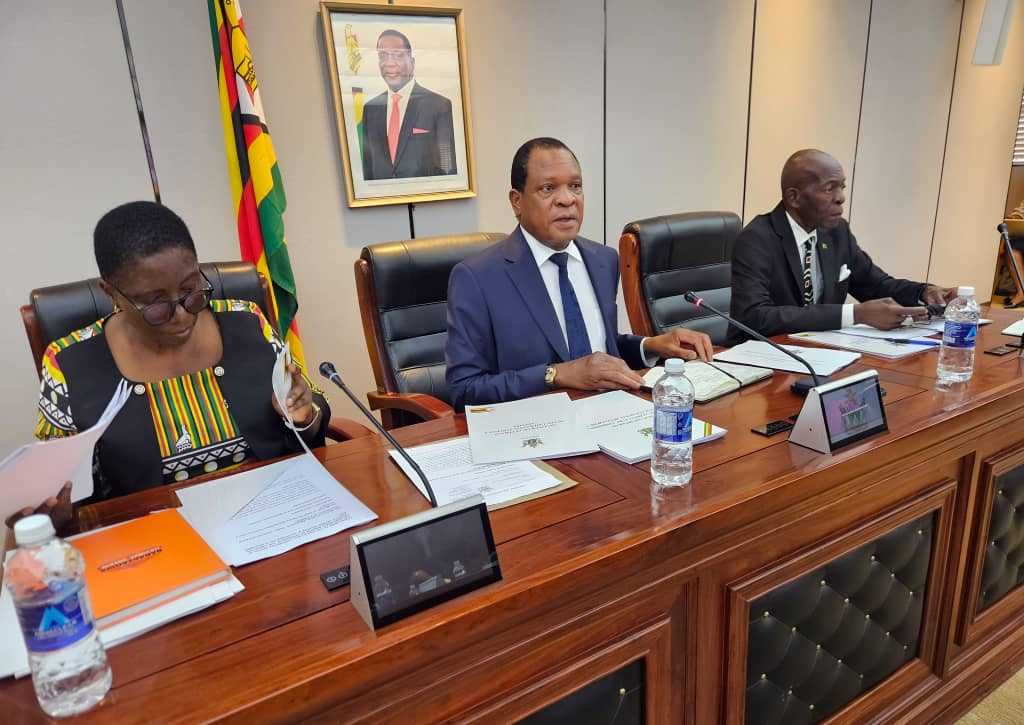



Leave Comments